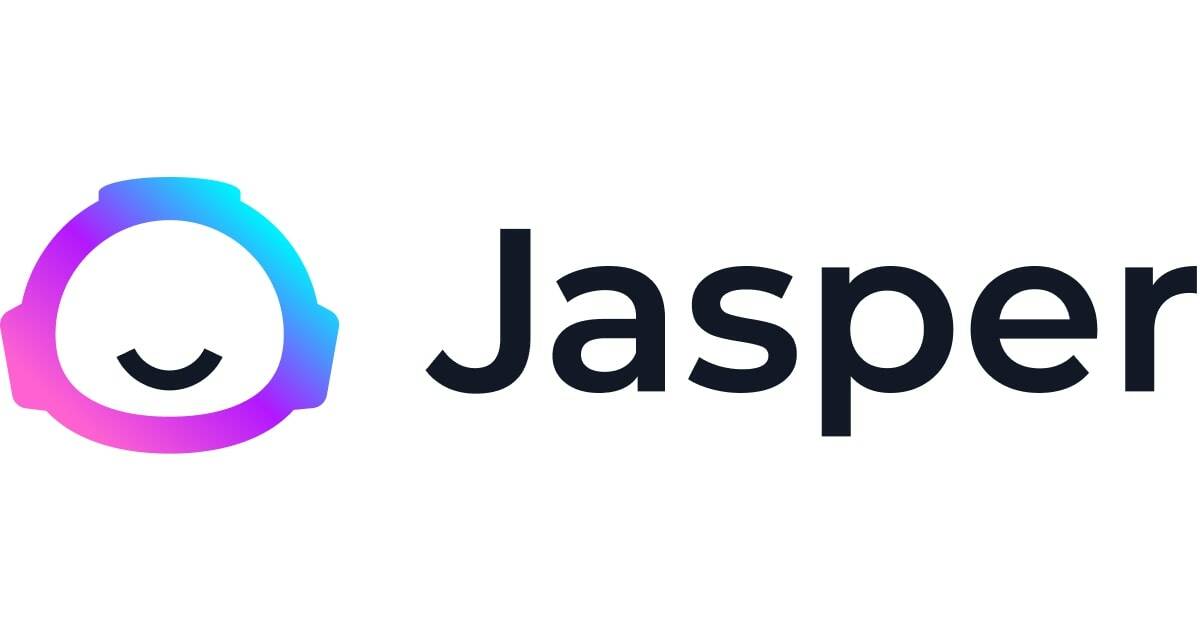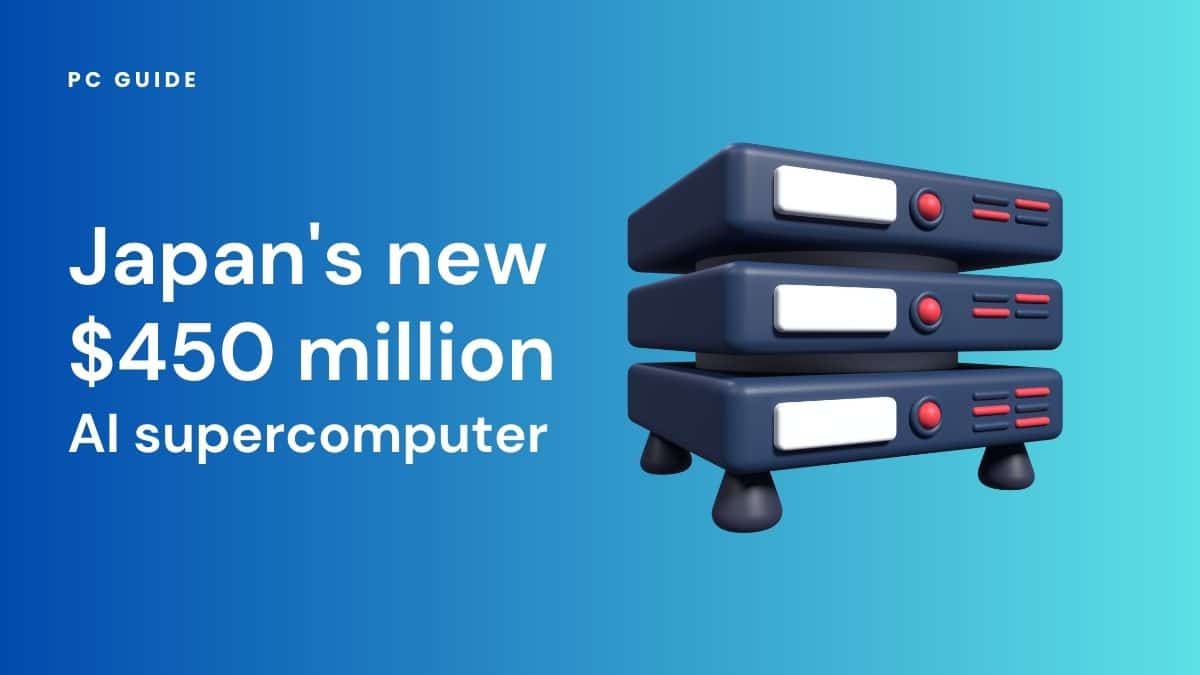Japan’s Ministry of Economy, Trade, and Industry (METI) sees artificial intelligence as the next frontier, investing 50 billion yen ($450 million USD) in a new supercomputer. The AI supercomputer will position Japan as a leading country in AI model training and development. What will the new machine be capable of?
What is the most powerful AI computer in the world?
In 2022, Japan lost it’s claim to the worlds most powerful supercomputer. Fugaku, the 7,630,848 core Kobe, Hyogo machine named after Mt Fuji, was usurped by the Frontier supercomputer of Oak Ridge National Laboratory in the United States.
Try “What is ChatGPT – and what is it used for?” or “How to use ChatGPT on mobile” for further reading on AI.
Essential AI Tools

Content Guardian – AI Content Checker – One-click, Eight Checks

Jasper AI

WordAI

Copy.ai

Writesonic
The HPL-AI (High Performance LINPACK for Accelerator Introspection) also ranked it 2st place back in June 2022, but more recently 2nd place for AI performance. Of the supercomputer benchmarks it has been subject to, Japan’s ex-most-powerful computer ranked highest only for June 2023 BFS (Breadth-First Search) and third for June 2023 SSSP (Single Source Shortest Path) carried out by Graph500.
The world’s fastest supercomputer is that of Oak Ridge National Laboratory, with 8,941,568 cores and capable of 1.102 exaFlops (1102 petaFlops) also known as 1.102 quintillion operations per second. The computational monster is not only the worlds most powerful, but was the world’s most efficient of its kind until November 2022, at 62.86 gigaflops/watt.
Japan’s new $450 million supercomputer
Lagging behind in the field of generative AI, Japan has decided the Fugaku supercomputer is no longer enough. The Tokyo Institute of Technology, along with Japanese government, plan to reduce the countries reliance on international cloud services currently integral to Japan’s development in artificial intelligence. With more powerful hardware in China (Wuhan Supercomputer), and more powerful software in the US (GPT-4 from California), Japan’s development in generative artificial intelligence has been stunted by a lack of high-performance computing. An odd conclusion to draw for the world’s third biggest economy ($5.06 trillion GDP) and one of the world’s most technologically advanced.
Still, the specialist hardware required for machine learning applications has lead Japan’s METI (Ministry of Economy, Trade and Industry) to plans for a new research center for supercomputers and quantum technologies.
Japan’s METI plans to build this dedicated AI supercomputer in Hokkaido as soon as 2024, funding it 32 billion yen (US$226 million) with a further 18 billion yen predicted necessary for completion. Once built, it will serve domestic companies to advanced the countries global position in AI through private industry.
This exascale SC will be operated by the National Institute of Advanced Industrial Science and Technology (AIST) headquartered in Tokyo.
What are the benefits of AI supercomputers?
The AI development executed by these Japanese companies under METI’s supervision will include the training of domestic LLMs (Large Language Models). These are deep learning neural networks specialised to deal with text data, but can be used as part of a multimodal system as exemplified by Google Bard, which can output audio and image files.
ChatGPT will, of course, be the key competition as the world’s most popular AI chatbot. LLM training is prohibitively expensive, estimated to cost OpenAI six-figures per day. The advantages are worth it, however, as LLMs seem to invent their own use cases every other day. The benefits of a digital assistant smarter and faster than ourselves, with the ability to instantly crawl the internet for relevant data, summarize it, draw conclusions, and act strategically on that data are as far reaching as our own use of a personal computer.
Fujitsu, Riken’s partner in developing Fugaku, chose to design processors using the basic technology at the heart of billions of smartphones. It licensed designs from Arm, the semiconductor technology company now owned by Japanese conglomerate SoftBank.
The competition in the race for world’s most powerful AI hardware includes:
Summit (IBM and Oak Ridge National Laboratory)
- Capable of 200 quadrillion calculations per second.
- Can process 3.3 billion gigabytes of data at a time.
- Mostly used for climate change research and genomics.
Sunway TaihuLight (China’s National Research Center of Parallel Computer Engineering and Technology)
- Capable of 125 quadrillion calculations per second.
- Can process 10.65 billion gigabytes of data at a time.
- Mostly used for weather forecasting and aerospace design.
DGX SuperPOD (NVIDIA)
- Capable of 700 quadrillion calculations per second.
- NVIDIA A100 Tensor Core GPUs
- Used for enterprise-scale AI infrastructure.
Andromeda (Cerebras)
- Capable of over 1 quintillion calculations per second.
- Comprises 13.5 million cores
- Only used for AI applications. Very efficient in scaling up AI workloads for large language models.
Selene (NVIDIA and hosted by the New Mexico Consortium)
- Capable of 63 quadrillion calculations per second.
- Can process 1.6 billion gigabytes of data at a time.
- Mostly used for Natural Language Processing (NLP).
- Used in NVIDIA’s research and development in AI, such as natural language processing, computer vision, and recommender systems.
IBM Vela (IBM Research community)
- IBM’s first cloud-native supercomputer optimized for AI.
Meta’s AI Research SuperCluster (RSC) (Meta)
- One of the fastest AI supercomputers in the world and is used to train large AI models, including natural language processing and computer vision models.






